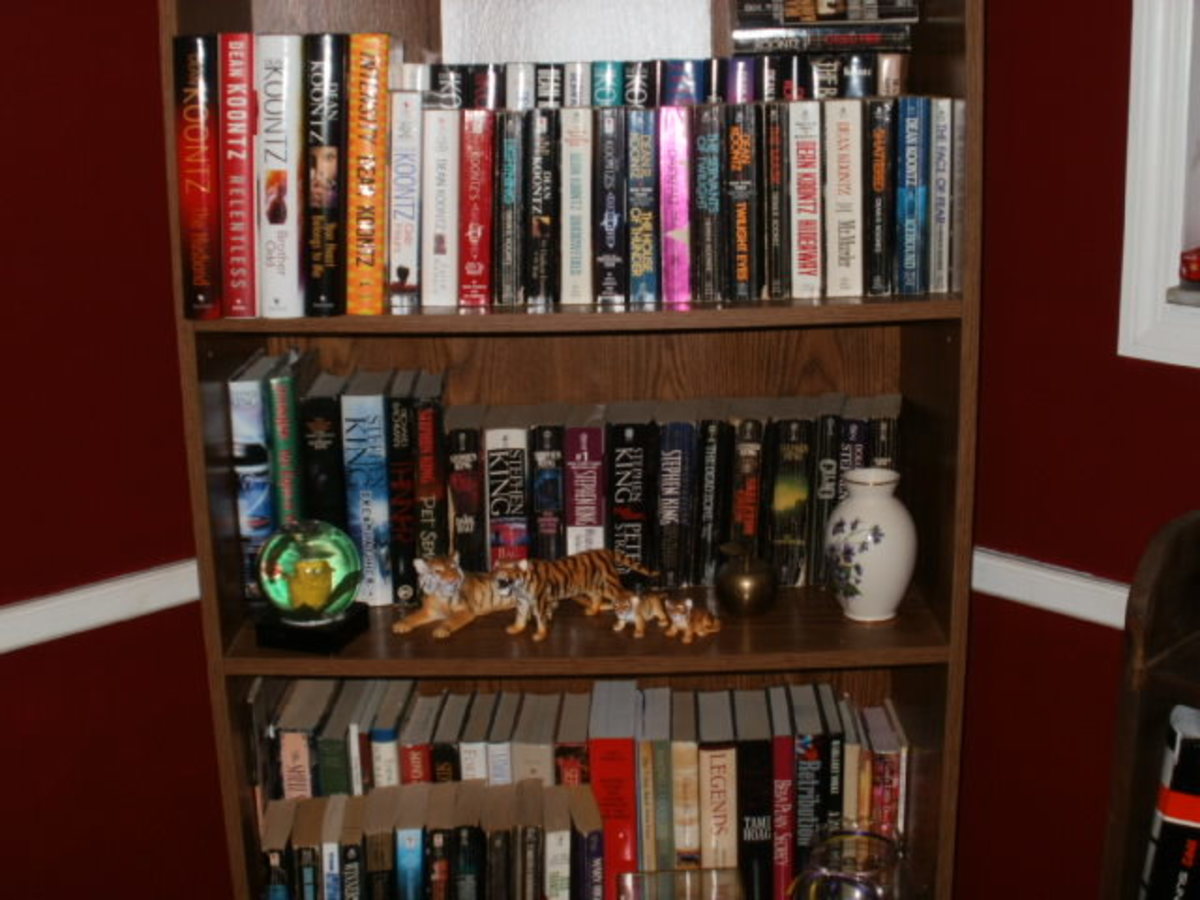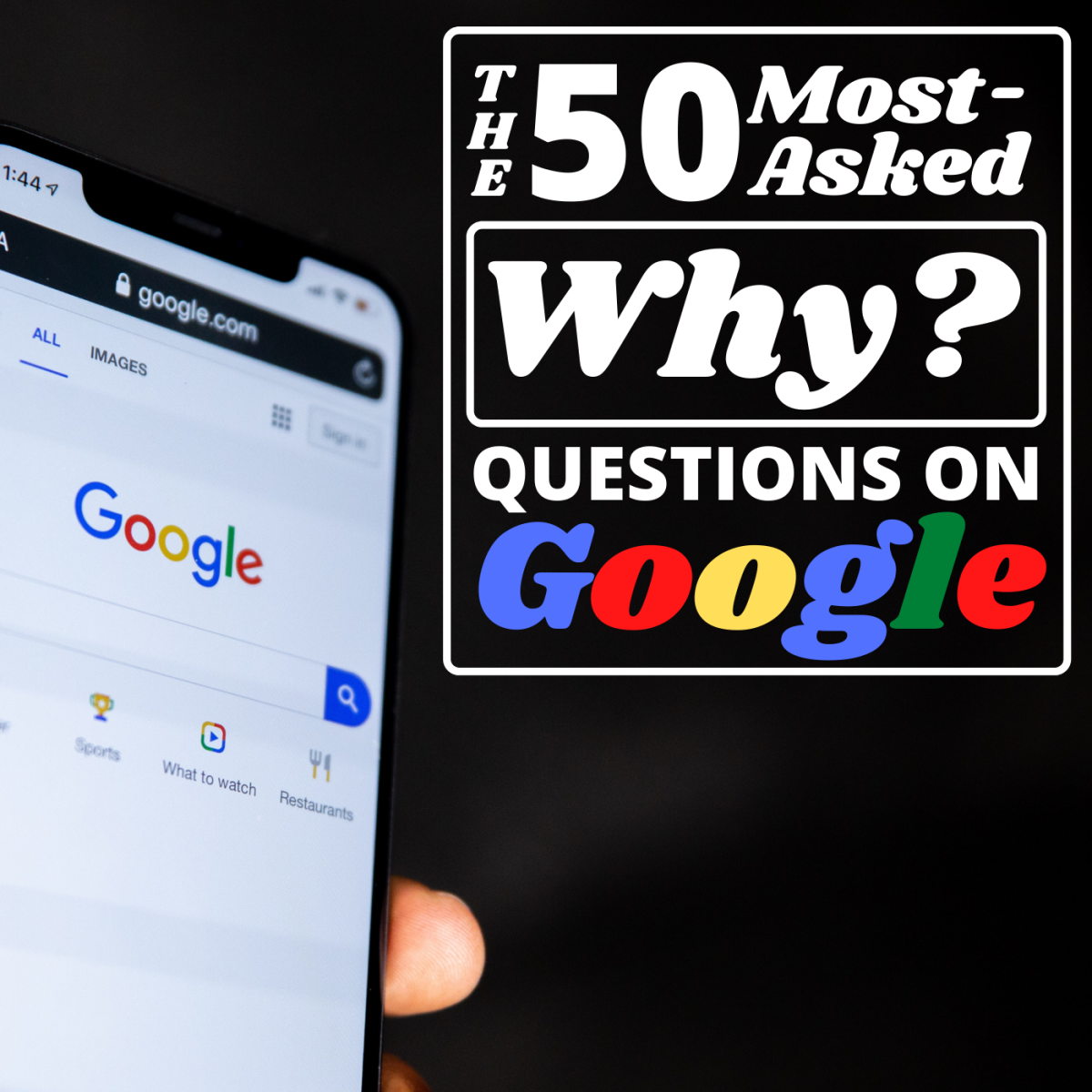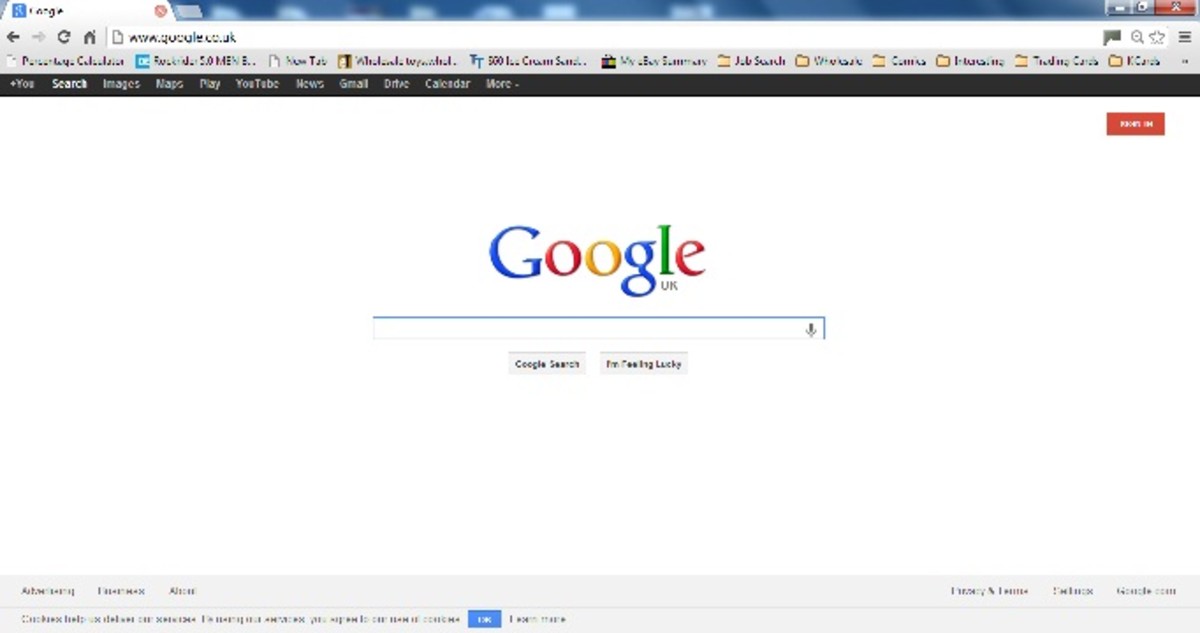Bounce Rate, Dwell Time And The Panda Update
In a previous article about bounce rate, Understanding and Lowering Bounce Rates, I laid out the basics of how bounce rate was calculated and how to find the bounce rate of specific pages. This time we are going to dig a little deeper and discuss why Panda has polarized the importance of lowering bounce rate.
First I want to make a couple of things clear. It’s highly unlikely that search engines use bounce rate directly when scoring or ranking webpages. Nor is a high bounce rate a definite signal of low quality or a failure to meet visitor expectations or needs.
Something To Dwell On
A high bounce rate could be the result of a page that does exactly what it sets out to do or one that completely fails. News sites, sites that provide “dip in” resources or tutorials, article sites like Ezine Articles and content farms including HubPages tend have a naturally high bounce rate. These are sites that can satisfy visitor needs with a single page visit.
If search engines don’t use bounce rate and it isn’t necessarily a signal that indicates poor user experience, why is it so important to lower it?
There is a new metric, one that Google Analytics won’t reveal to you and it’s a big contributor to sites being Panda-lized. It’s a Key Performance Indicator like no other and it’s here to stay. It’s called Dwell Time, and by lowering bounce rate and increasing time on site you can keep your site safe and out of harm’s way.
What Is Dwell Time?
Dwell Time is a measurement of how long a visitor spends between entering your site and leaving. On the face of it, it sounds similar to bounces and exits. The problem with both these metrics is that they don’t report how long someone was on a page prior to bouncing or the time spent on the last page of a visit prior to an exit.
There is a strong correlation between Dwell Time and engagement. Dwell Time has been used for some time in the calculation of AdWords quality sore i.e. a short dwell time is a strong signal that tells search engines that the landing page lacks relevance and quality.
The result of a short Dwell Time within AdWords is increased ad costs, in organic results it means rankings will tank.
At this time there are no search engine algorithms that can accurately distinguish high quality content from the hum drum. Search engines are getting better in areas such as discerning natural language patterns, however, true qualitative assessment is still a long way away.
Panda has seen Dwell Metrics evolve beyond measuring the length of time consumers spend engaging with online ads to a measurement of engagement between all web users and every kind of content whether it be informational or transactional.
- While it may feel like you’ve poured your heart and soul into creating the content on the website, quality is in the eye of the visitor, and short page dwell times can indicate the content is not capturing the visitor’s interest. Something about the content is not grabbing their attention.
Source: Duane Forrester, Sr. Product Manager at Bing
Bouncing Back To Full Health
Hopefully, analytics packages will evolve to let us see Dwell Time. In the meantime any measure that can be employed to improve engagement and increase the time visitors spend interacting with our content is essential.
The next article in this series will look at techniques to lower bounce rate, increase user experience and extend user interaction time.








